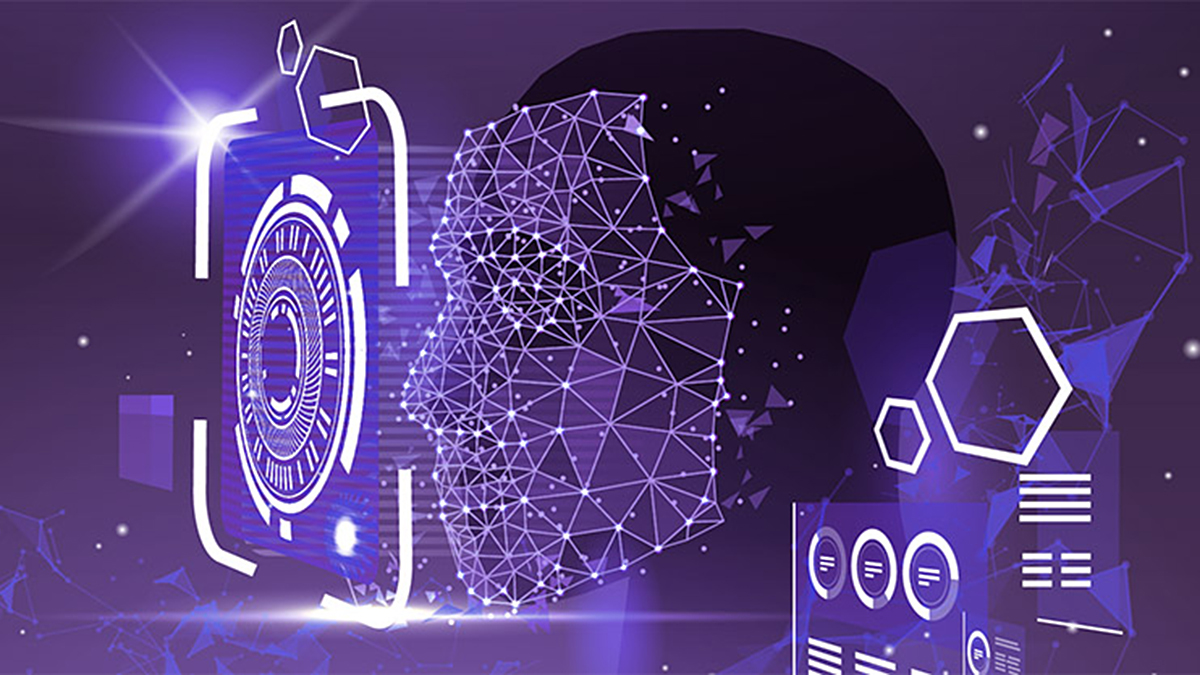Deepfakes have emerged as a significant threat to cybersecurity, impacting individuals, businesses, and governments globally. The misuse of AI-generated synthetic media for fraud, misinformation, and privacy violations has led to substantial financial losses and reputational damage. To delve deeper into the severity of this threat and discuss potential solutions, three cybersecurity experts participated in a dialogue on the topic. Dr. Bright Gameli Mawudor, a Cyber Security Specialist from Kenya, Caesar Tonkin, Managing Director of Armata Cyber Security in South Africa, and Craig du Plooy, Director of Cysec in South Africa, joined moderator Lesley Rencontre from DUO Marketing for this crucial conversation.
Dr. Mawudor defines deepfakes as AI-generated videos, images, and audio recordings that are hyper-realistic but entirely fabricated. While this technology has legitimate applications in media and entertainment, it poses a serious risk in terms of fraud, disinformation, and cybercrime due to its near-indistinguishable resemblance to authentic content. Tonkin highlights the accessibility of deepfake tools, which were previously limited to AI researchers but are now readily available to anyone, leading to a surge in deepfake attacks across various organizations.
Du Plooy underscores a notable incident in Hong Kong where a finance employee fell victim to a deepfake video conference scam, resulting in a substantial financial loss. This case served as a wake-up call, showcasing the sophisticated nature of deepfake fraud in bypassing traditional security measures. The dialogue also sheds light on the emergence of deepfake threats in different regions, including the US, Australia, Kenya, and Hong Kong, where these synthetic media are used for election misinformation, corporate fraud, and political manipulation.
The role of digital forensics in detecting deepfakes is crucial, as traditional cybersecurity tools are insufficient in identifying manipulated content. Techniques such as reverse image searches, frame-by-frame analysis, and metadata examination are essential for detecting irregularities and inconsistencies in deepfake content. The use of AI-driven forensic analysis, including deepfake forensics AI and audio forensics, has become increasingly vital in combating this evolving threat.
Beyond fraud and misinformation, deepfakes are also misused in phishing attacks, nation-state propaganda, and AI-generated terrorism content. The vulnerability of individuals, businesses, and governments to deepfake threats is a significant concern, with corporations and governments being primary targets due to the financial and political ramifications of deepfake attacks.
As deepfake threats continue to evolve, there is a growing emphasis on the need for real-time forensic detection tools, multifactor authentication, and enhanced verification processes to combat these sophisticated fraud techniques. Strengthening legal frameworks, implementing AI content labeling, and enforcing consequences for deepfake abuse are essential steps in mitigating the deepfake threat and safeguarding against financial and reputational damage.
In conclusion, the dialogue among cybersecurity experts underscores the urgent need for collective action to address the growing threat of deepfakes and protect individuals, businesses, and governments from the damaging effects of AI-generated synthetic media. By raising awareness, implementing robust detection mechanisms, and enhancing cybersecurity measures, stakeholders can work together to mitigate the risks posed by deepfake technology and uphold the integrity of digital content and communication.


